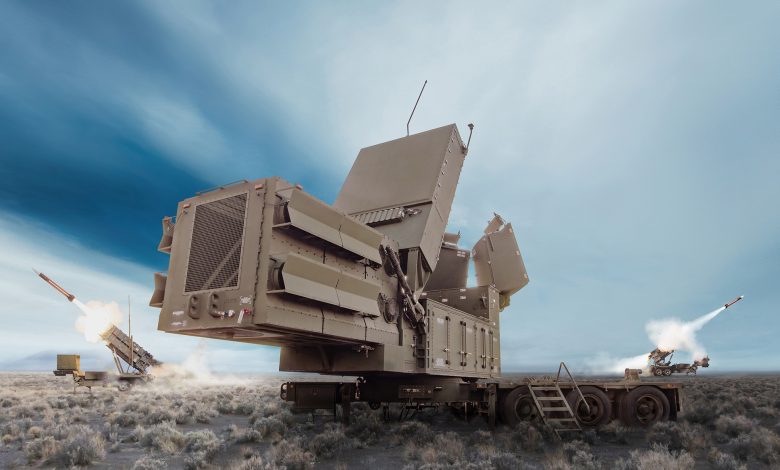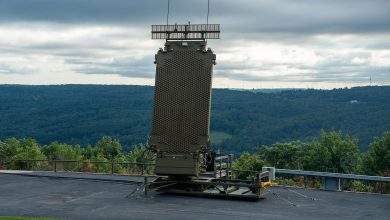
Revolutionizing Defense: RTX Unveils 360-Degree Air and Missile Sensor Breakthrough in Recent Test
Raytheon, a branch of RTX, has adeptly finalized another comprehensive 360-degree flight evaluation for the Lower Tier Air and Missile Defense Sensor, or LTAMDS. This utilized one of the radar’s auxiliary arrays to monitor and engage a sophisticated, threat-representative target. This achievement follows the radar’s recent Milestone C certification, marking the shift from prototype to actual production and deployment.
During this assessment, LTAMDS collaborated with an Integrated Battle Command System and a PAC-3 MSE missile to intercept a threat-representative target. The goal of the test was to showcase LTAMDS’ effective integration with the newly delivered Large Tactical Power Source (LTPS). The enhanced power provided by LTPS allows LTAMDS to realize its complete battlespace capabilities.
The extensive capacity and full coverage offered by LTAMDS’ three radar arrays enable the neutralization of large-scale, synchronized attacks comprising a combination of threats, such as drones, advanced aircraft, along with ballistic, cruise, and hypersonic missiles. LTAMDS has now successfully conducted nine flight tests of escalating complexity to validate its effectiveness against real-world dangers.
“LTAMDS’ 360-degree full-sector detection abilities are specifically designed to counter massive, coordinated offensives from adversaries,” stated Tom Laliberty, president of Land & Air Defense Systems at Raytheon. “As global demand increases, Raytheon persists in enhancing our production capabilities to swiftly deliver this vital system to our clients.”
In April 2025, the U.S. Army recognized LTAMDS as an official program of record. In 2024, Poland emerged as the first international client to incorporate LTAMDS into their air and missile defense framework. Numerous additional nations are actively strategizing to procure LTAMDS to upgrade their aerial defenses. The company is making substantial investments to satisfy worldwide demand.







